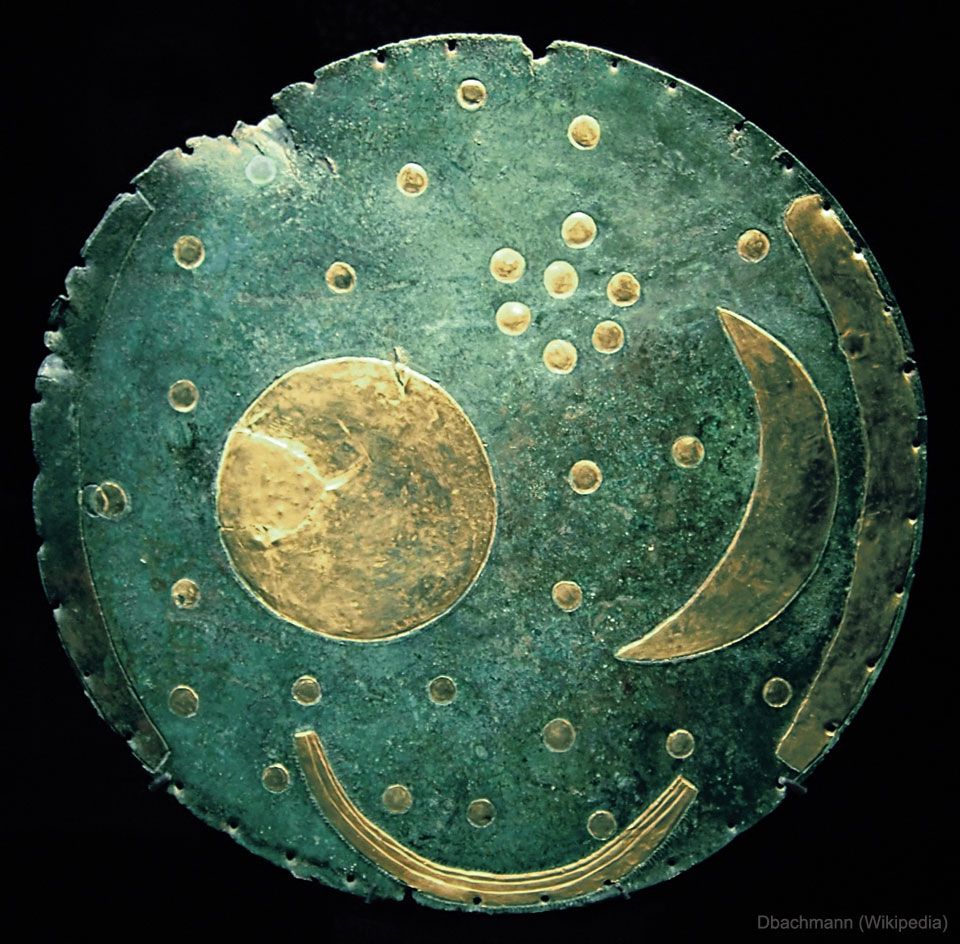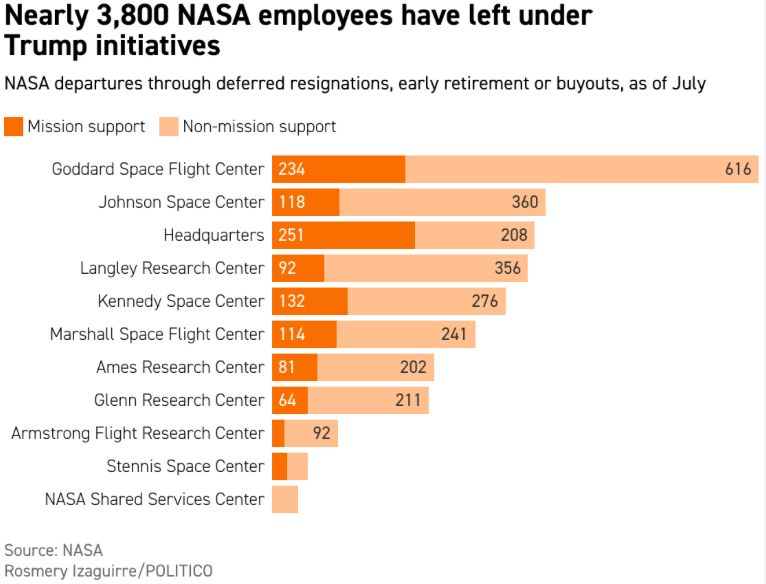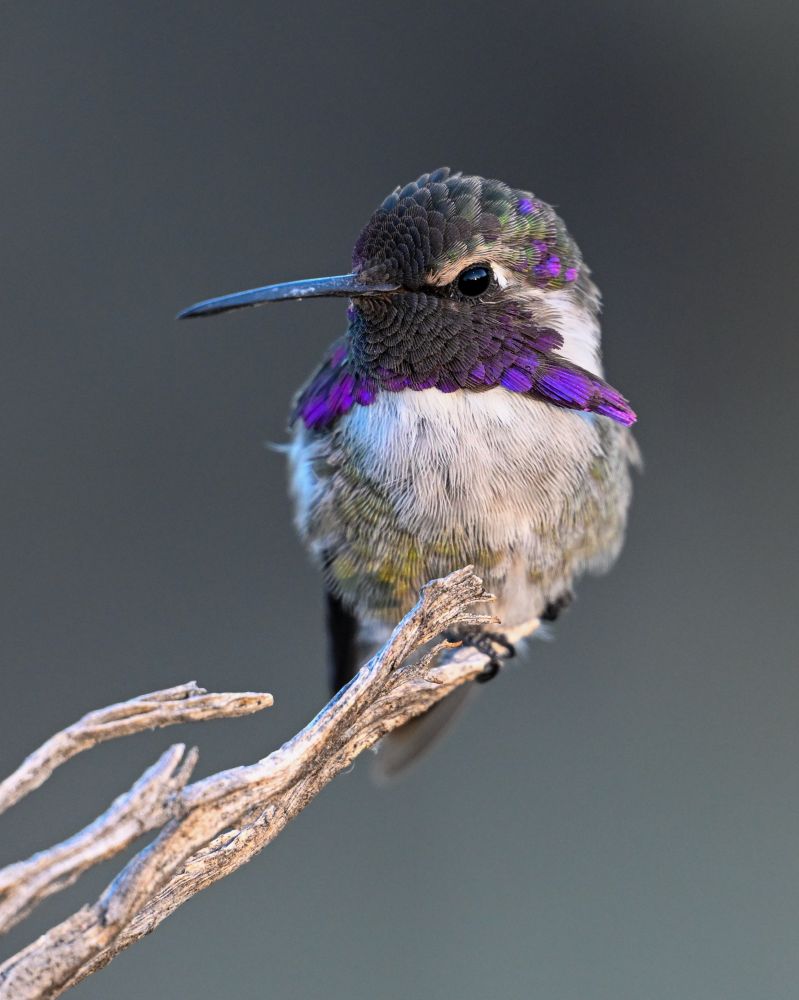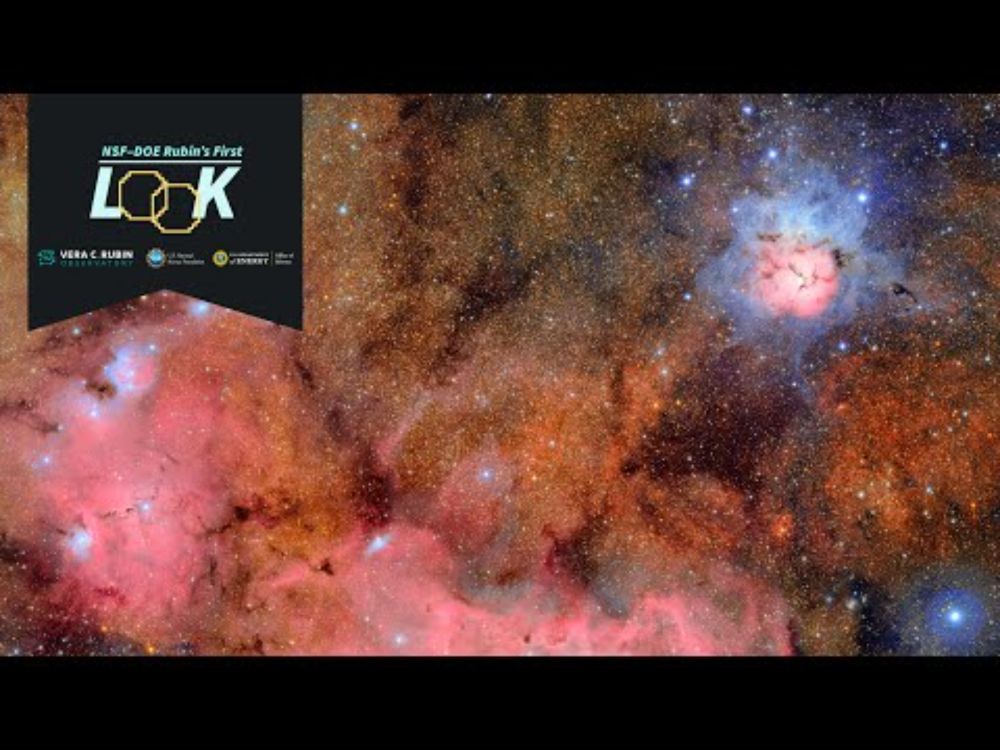#spacescience #astronomy #NASA #DLR



#spacescience #astronomy #NASA #DLR

This is Saturn, with aurorae visible at both poles in this UV image from Hubble's Space Telescope Imaging Spectrograph, taken in October 1997 when the planet was 1.3 billion km away.

This is Saturn, with aurorae visible at both poles in this UV image from Hubble's Space Telescope Imaging Spectrograph, taken in October 1997 when the planet was 1.3 billion km away.
We're advertising this project with Prof Richard Alexander, making simulations of accretion of planet-forming discs onto their star.
For details of all our PhD projects look here: le.ac.uk/study/resear... 🔭🧪🎢

We're advertising this project with Prof Richard Alexander, making simulations of accretion of planet-forming discs onto their star.
For details of all our PhD projects look here: le.ac.uk/study/resear... 🔭🧪🎢
Here is the Nebra sky disk, considered by some the oldest known illustration of the night sky.
The artifact was discovered near Nebra alongside several Bronze Age weapons and is linked to the Unetice culture, which thrived in parts of Europe...
➡️ apod.nasa.gov/apod/ap18031...
🔭 🧪 #histsci
1/4

Here is the Nebra sky disk, considered by some the oldest known illustration of the night sky.
The artifact was discovered near Nebra alongside several Bronze Age weapons and is linked to the Unetice culture, which thrived in parts of Europe...
➡️ apod.nasa.gov/apod/ap18031...
🔭 🧪 #histsci
1/4




youtu.be/mdgGgnjVbb0
@uarizonalpl.bsky.social @stewardobservatory.bsky.social

youtu.be/mdgGgnjVbb0
@uarizonalpl.bsky.social @stewardobservatory.bsky.social



✅ Free & virtual
🗳️ Vote on a community finding
🌌 Mission updates
👩🔬 Early career talks
🛰️ NASA program updates from the Astrophysics Division Director
Register: go.nasa.gov/45r07LV

✅ Free & virtual
🗳️ Vote on a community finding
🌌 Mission updates
👩🔬 Early career talks
🛰️ NASA program updates from the Astrophysics Division Director
Register: go.nasa.gov/45r07LV


www.ipac.caltech.edu/meet-the-sta...
#exoplanets 🔭🧪

www.ipac.caltech.edu/meet-the-sta...
#exoplanets 🔭🧪



Tomorrow - July 2

Tomorrow - July 2

Introducing a swarm of over 2100 new asteroids discovered by NSF–DOE Rubin Observatory!
Rubin discovered these asteroids in about 10.5 hours of observing across 7 nights.
They've never been seen by humanity before...until now.🔭🧪
youtu.be/DTuq-vBsDJE
Introducing a swarm of over 2100 new asteroids discovered by NSF–DOE Rubin Observatory!
Rubin discovered these asteroids in about 10.5 hours of observing across 7 nights.
They've never been seen by humanity before...until now.🔭🧪
youtu.be/DTuq-vBsDJE
GET READY: Your full First Look at images from NSF–DOE Rubin Observatory is just hours away! We're about to reveal the preview of the greatest cosmic movie ever made 🎬 #RubinFirstLook #CaptureTheCosmos 🔭🧪
⌚️ 11am US EDT
🔗: ls.st/rubin-first-look-livestream



